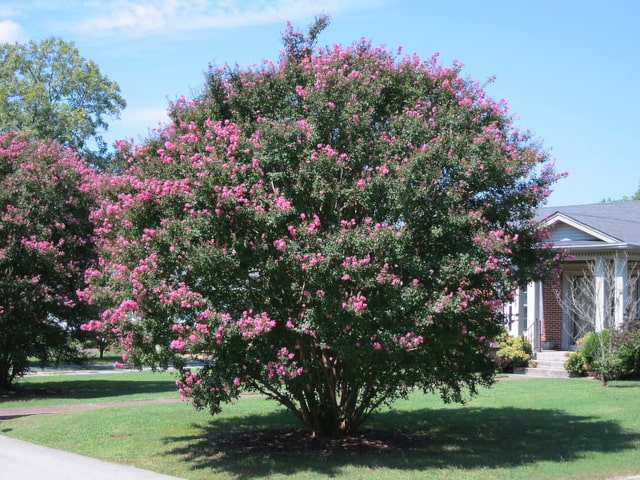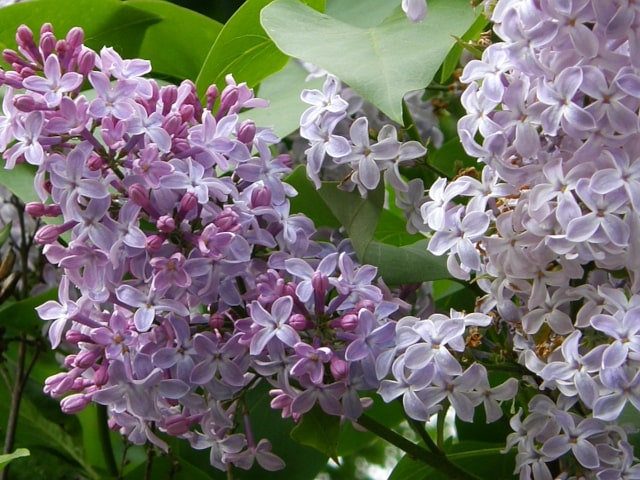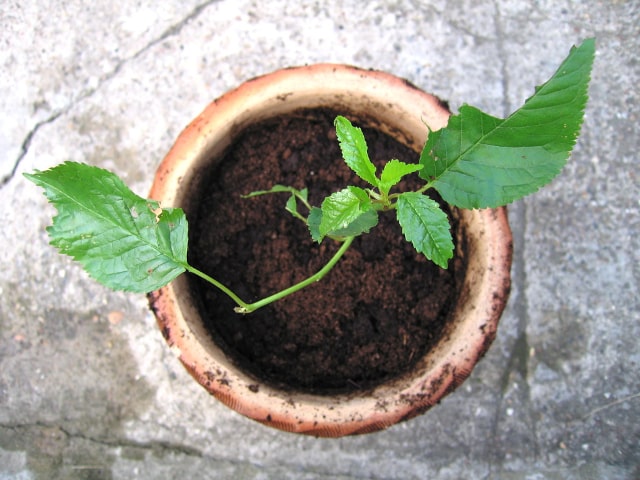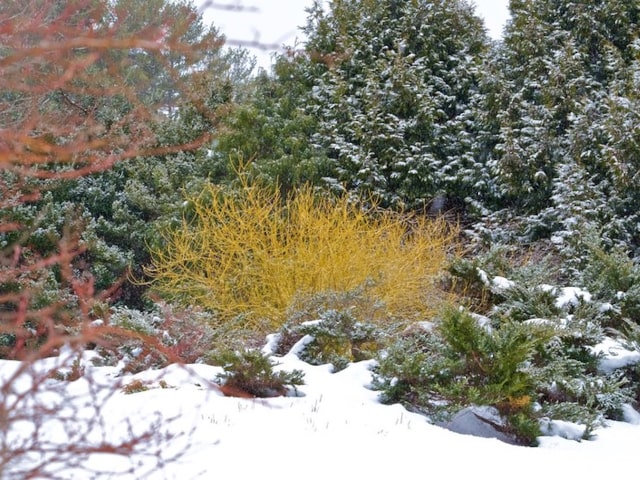
Crape Myrtle (Lagerstroemia indica) is beautiful and many people love to grow this plant. They give vibrant summer colors and they can thrive in USDA Hardiness Zones 7-9. They can grow in humidity and are very drought tolerant.
The basic care of these trees is not complicated, but when it comes to pruning, people often find themselves confused. Pruning is a daunting task that simply needs to be done. However, many people are unsure on how to prune their Crape Myrtle correctly. It leads to numerous problems and can actually ruin or even endanger your plant. For this reason, it's very important to prune correctly.
If pruning is done correctly, it makes for gracefully-shaped trees with more blooms. It's also not surprising that the flowers on these trees arrive earlier and are much stronger than those on the other plants.
Pruning the Trunks
Here are some essential tips on how to prune Crape Myrtles correctly. First of all, it's important to resist the urge and prune them too early or too late. The best time to prune is late winter or early spring, just before the new growth emerges.
Remember, these trees bloom on new growth, so it's important to prune them just before they start new growth and break dormancy. Some gardeners choose to prune their trees in the fall, but it's not recommended. It removes the current year's growth and this growth can serve as a shield against wind and other harsh conditions during winter.
Another thing you need to remember is that Crape Myrtles often produce multiple trunks. This can easily make the plant crowded as it matures. A healthy Myrtle should have only a few main trunks. Therefore, it's best to remove all the unnecessary ones first. This will eliminate much of the pruning you have to do.
Choose 3 to 7 (at most) main trunks you wish to keep. An odd number looks visually better than the even number - even number can make it look like soldiers in formation. Choose trunks that have a lot of space to grow and are already strong and growing nicely.
After you have chosen the trunks to keep, cut all the other ones as close to the soil line as possible. You need to do this to prevent a dead stub, which only welcomes insects and diseases.
After this, do some branching. It's best for branches to start about 6 to 8 feet off the ground. It looks better and it's much more practical. Prune all the unwanted low branches (all the way to the main trunk). However, in case you don't want to walk under the branches or see through them, you can make them start a bit lower.
Pruning the Crown
The next step you need to do is to prune the crown. Pruning the trunks will remove a good portion of the upper branches. However, this doesn't mean you shouldn't prune the crown. It's important to thin the crown in order to improve the look and health of your tree.
It's best for the upper branches to spread in many different directions. When pruning, make sure to remove branches growing into an area already occupied by another branch. Cut a bit above a bud that faces a direction in which you want a branch to grow. Make sure to remove branches that cross back through the plant and branches rubbing on each other. If you don't do it, wind and new growth can easily cause those branches to wound each other and you may lose them both.
It's also important to allow better air circulation and light. This will reduce potential pests and diseases, such as powdery mildew. For this reason, it's important to remove certain branches in the interior of the crown.
Another thing to keep in mind is that you should always prune the weak growth. Cut all the branches and stems thinner than a pencil. Leaving them on can result in weak new growth which will not be able to support flowers.
Dangers of Bad Pruning
Bad and incorrect pruning can bring numerous problem to your trees. One of the main problems is to prune them excessively. Pruning them whole to 3-4 foot plant every year brings numerous disadvantages.
The three main problems of bad pruning are:
- Weak Branches. Severe pruning will encourage rapid new growth, with large flower heads. However, these branches are typically weak and can't support the weight of the flowers.
- Few Blooms. If you cut too many branches or, on the other hand, if you leave too many trunks, it can lead to poor bloom production. Also, it's not surprising for these blooms to appear late. Foliage can also become an easy victim for powdery mildew.
- Strange Color of the Bark. If you prune your Crape Myrtle too much, it will prevent the trunk from maturing enough so it won't be able to develop the beautiful bark colors and the bark it develops will never be healthy enough.
Photo credit: vhines200




0 Comments